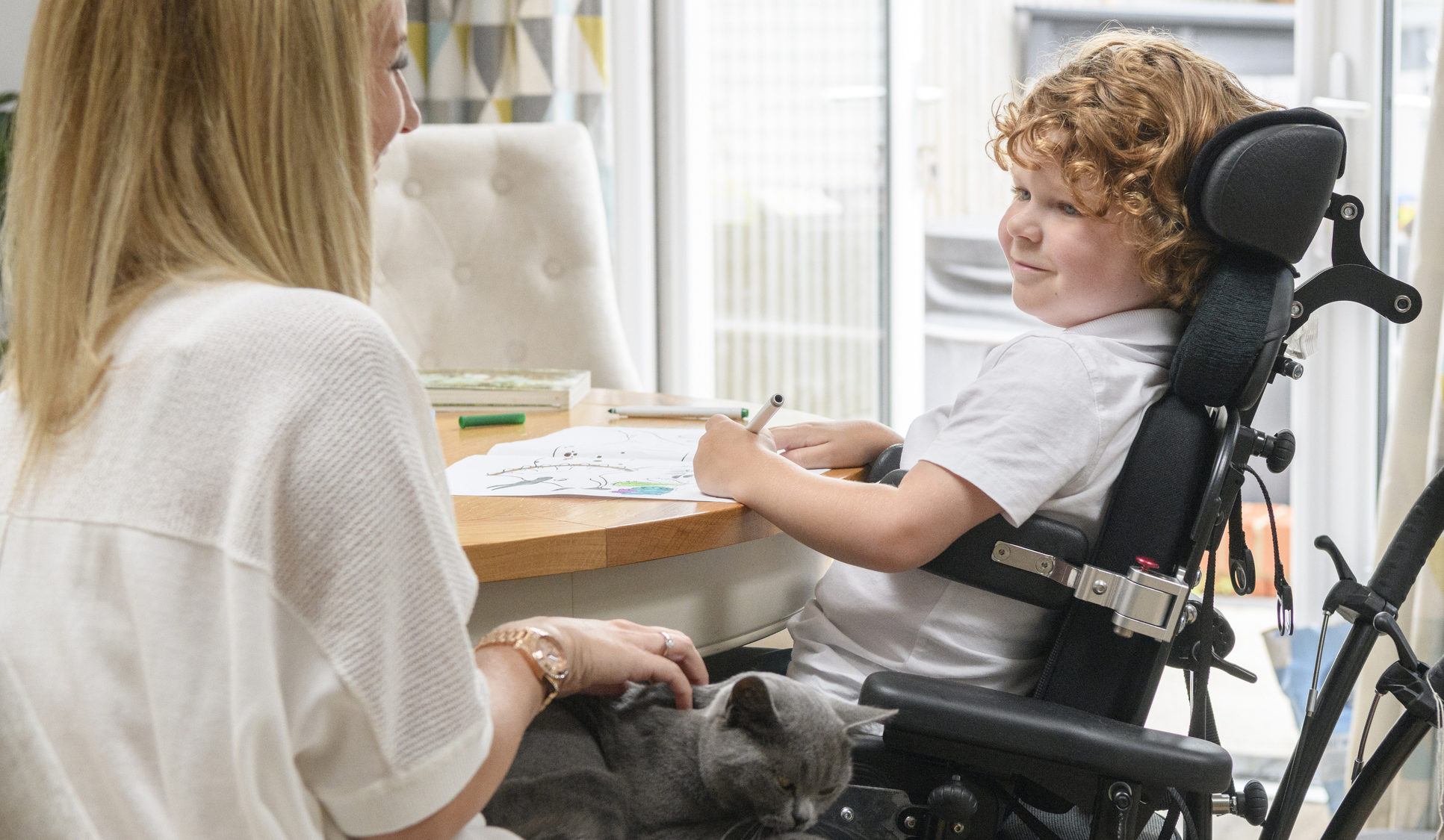
Myopathies
What are myopathies?
Myopathies are diseases that cause problems with the tone and contraction of the muscles that control voluntary movement, also called skeletal muscles. Because skeletal muscles support posture, weakness can lead to skeletal deformities.
There are different forms of myopathies including inherited, idiopathic, infectious, metabolic, inflammatory, endocrine, and drug-induced or toxic. Muscular dystrophies are an inherited form of myopathies.

Symptoms of Myopathies
Early signs of myopathies include:
- Muscle weakness
- Fatigue
- Fever
- Dark-colored urine
- Pink-to-violet scaly areas over knuckles, elbows, and knees
Some inherited myopathies cause severe muscle weakness that creates problems with basic functions like swallowing and breathing.
Other inherited myopathies cause episodes of muscle weakness or stiffness that are milder and temporary.
Some myopathies can give people a listless facial expression, caused by weakness of the muscles in the face.
Symptoms of acquired myopathies include weakness and shrinking of the muscles around the shoulders and hips, muscle stiffness, cramps, and slowed reflexes. In severe cases, muscles break down.
Treatments for Myopathies
Treatments for myopathies vary depending on the type of myopathy. Some myopathies, especially those that are present from birth, have life-threatening complications.
With time and physical therapy, some people born with myopathies can gain muscle strength. Others can manage their symptoms through medication, lifestyle modifications, or use of orthopedic and respiratory equipment.
Myopathies are not caused by overexertion. However, exercise can aggravate some myopathies because of mutations that change the way muscles respond to activity.
Additional Information
How common are myopathies?
Myopathies are rare disorders. The incidence varies with each different form of myopathy.
Who gets myopathies?
Some myopathies are inherited, but other forms are acquired. Myopathies that are inherited are generally present at birth but sometimes appear later. Acquired myopathies can appear at any age.
How are myopathies diagnosed?
Physical and neurological examinations, and evaluation of the patient’s personal and family history may be used to diagnose myopathies.
Additional tests may be used to identify a specific form of myopathy, including:
- Computed tomography (CT) scan
- Electromyography (EMG)
- Genetic (DNA-based) tests
- Magnetic resonance imaging (MRI)
- Muscle biopsy
- Tests for thyroid-stimulating hormone (TSH)
Information and Resources
Medscape:



